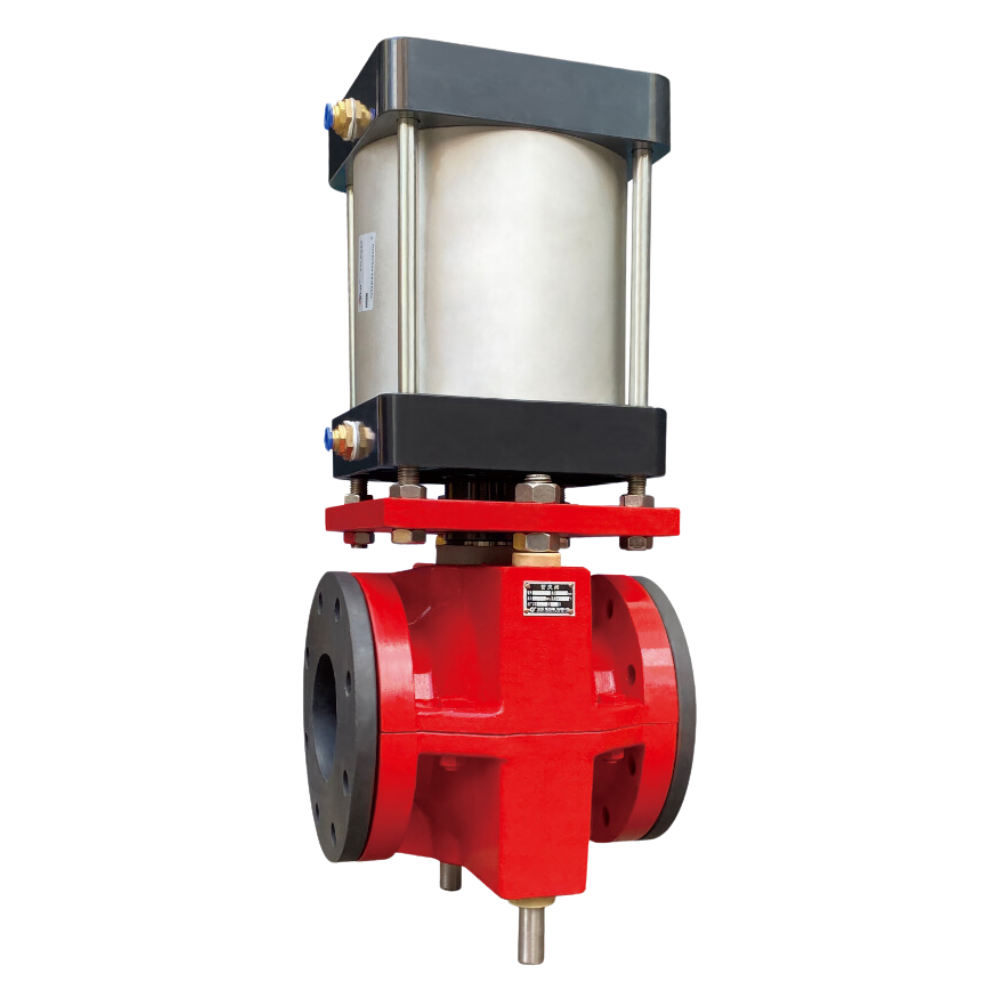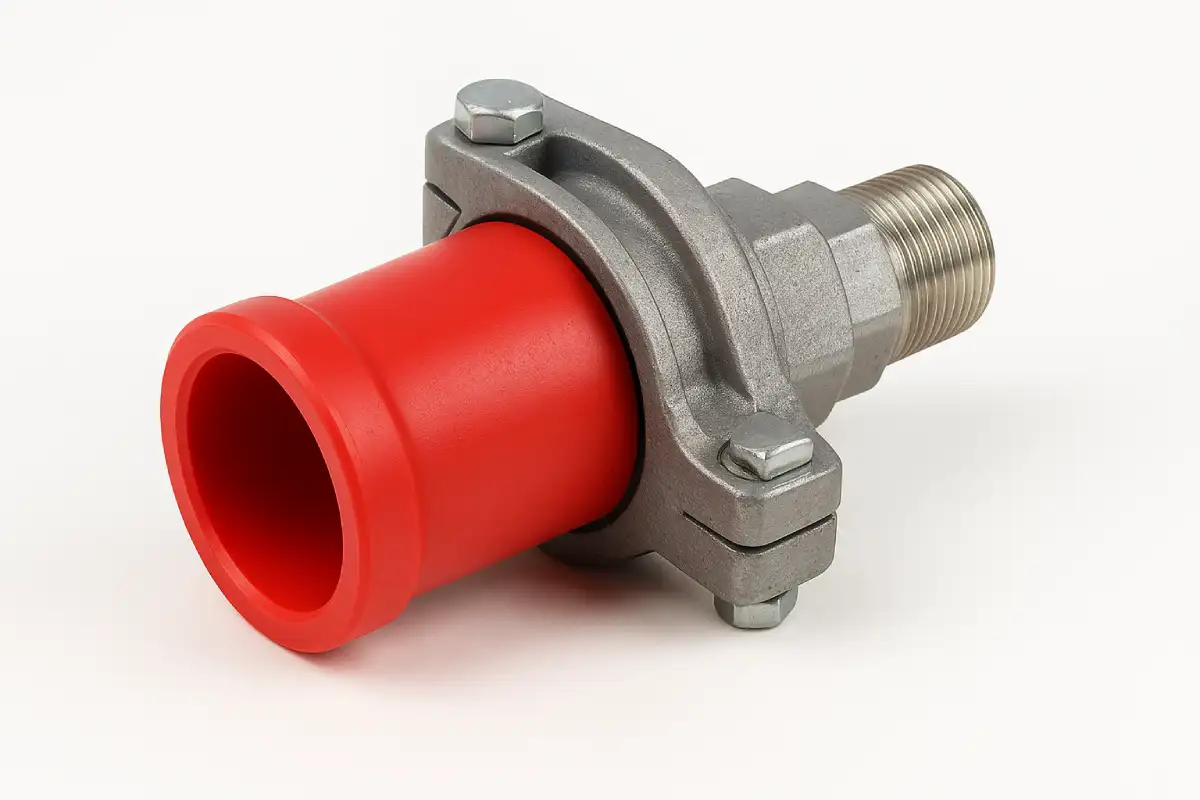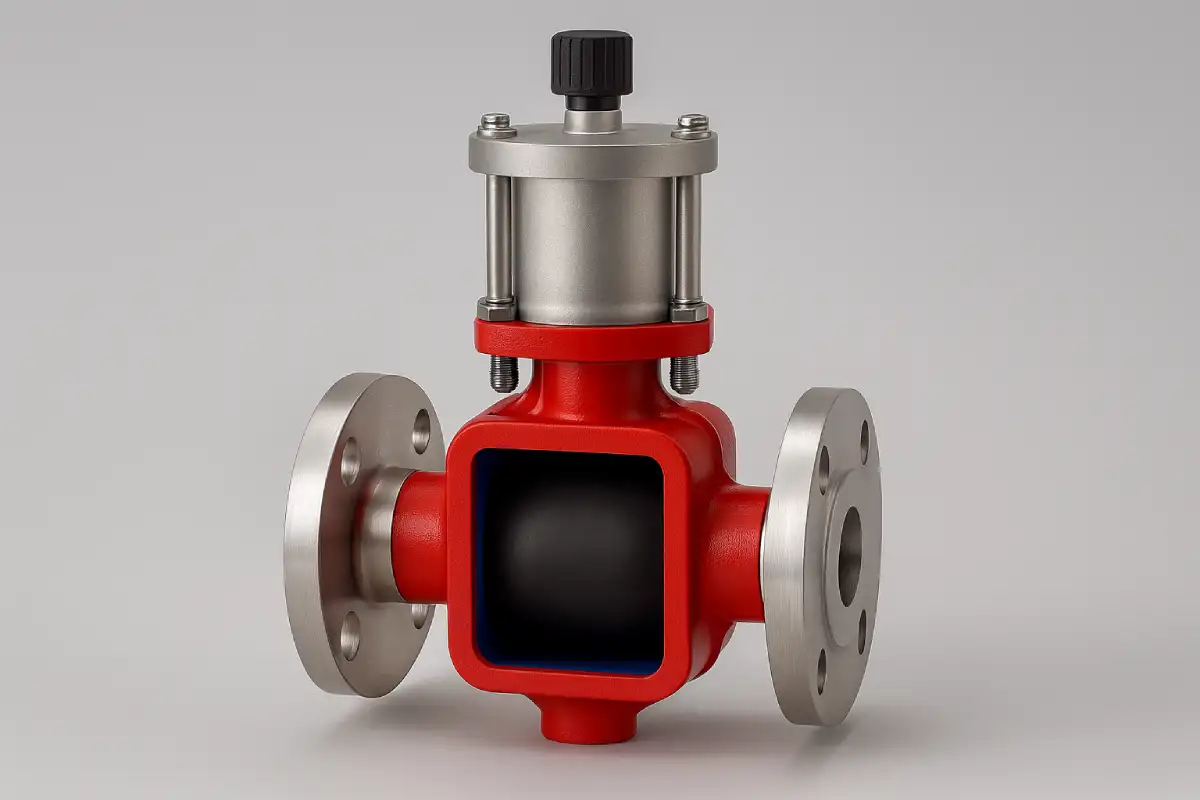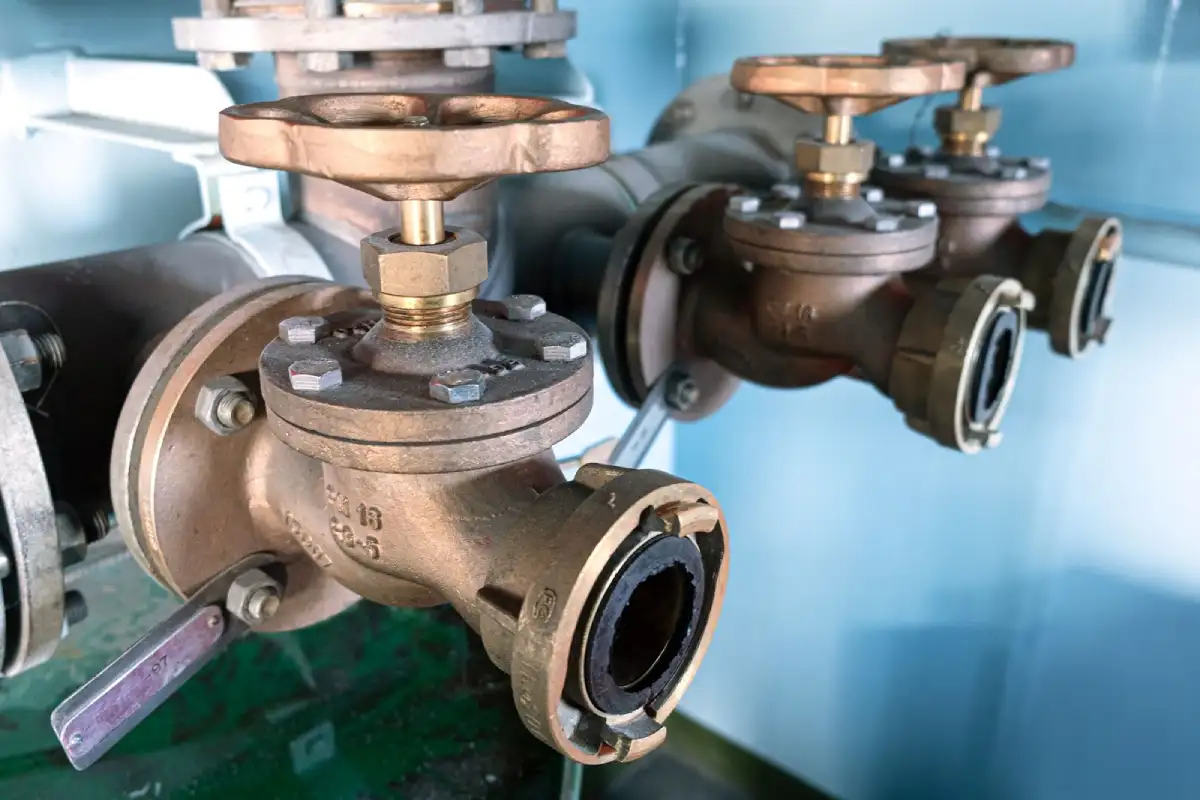

Actuated valves provide automated control over the flow of liquids, gases, or other materials.
Their key function is to regulate the opening and closing of a valve based on external signals.
These signals trigger actuators, devices that convert energy into mechanical motion — allowing the valve to either open, close, or modulate the flow within a pipeline.
Actuated valves ensure efficiency, precision, and safety in complex systems, and are used across industries such as oil and gas, water treatment, manufacturing, and power generation.

An actuated valve is a type of valve that is operated by an actuator, a device that converts various forms of energy (such as air, hydraulic fluid, or electricity) into mechanical motion.
These valves automate the control of flow, reducing the need for manual intervention and ensuring accurate, repeatable positioning in industrial applications.
Valve actuation is crucial for optimizing system performance, improving safety, and minimizing downtime.
Whether using compressed air, hydraulic fluid, or electric power, actuated valves are designed to respond to specific input signals.
Actuated valves operate through the principle of valve actuation.
When an external signal is sent (via air pressure, hydraulic fluid, or electricity), the actuator converts that signal into movement.
The movement controls the valve’s position, either opening, closing, or adjusting the flow through the pipeline.
For example, in a pneumatically actuated valve, compressed air enters the actuator chamber, causing movement that either opens or closes the valve.
This rapid response is ideal for systems requiring frequent adjustments.
In contrast, an electric actuator valve uses electrical signals to control valve motion, which allows for precise, but slower, movements.
There are four primary types of actuator valves, categorized by the energy source used to control the valve: pneumatic, hydraulic, electric, and electro-hydraulic.
Beyond these, several other specialized valves also exist, including spring-actuated, manual-actuated, and solenoid-actuated valves, which offer unique advantages in specific scenarios.
Below is an overview of the major types:
A pneumatic actuator valve relies on compressed air to move the valve.
This is the most common type of valve used in industrial systems due to its fast response and cost-effectiveness.
| Pros | Cons |
| Low initial cost | Large and heavy, making installation challenging in confined spaces |
| High speed with a 100% duty cycle | Requires a pneumatic air supply, which is costly and needs maintenance |
| Simple operation and easy-to-repair | Less precise control due to air compressibility |
| Long-lasting in continuous-use environments |
A hydraulic actuator valve operates using pressurized fluids such as hydraulic oil to move the valve.
These valves are preferred for applications requiring significant force, such as in heavy machinery and large-scale industrial processes.
| Pros | Cons |
| Can deliver higher force compared to pneumatic actuators of the same size | Requires a hydraulic system, which is expensive and requires regular maintenance |
| High speed with a 100% duty cycle | |
| Simple to repair and operate | |
| More precise than pneumatic systems, due to the incompressibility of fluids |
An electric actuator valve uses an electric motor to drive valve movement, offering precise and automated control.
These valves are ideal for industries requiring fine-tuned adjustments over flow rates.
| Pros | Cons |
| Simple to install and maintain | Slower operation compared to pneumatic and hydraulic systems |
| Can log operational data for diagnostics and monitoring | Limited duty cycle (typically less than 30%) |
| Highly precise, allowing for exact control of flow | Fragile and not suitable for fail-safe applications |
Electro-hydraulic actuators combine the precision of electric actuators with the power of hydraulic systems.
They do not require a separate hydraulic supply system, making them a compact and self-contained solution.
| Pros | Cons |
| Fast-acting with 100% duty cycle | Expensive and complex to repair |
| Fail-safe capability and remote diagnostics available | |
| Accurate and highly customizable for field adjustments | |
| Requires no complex external hydraulic system |
Solenoid-actuated valves use electrical solenoids to control valve position — making them ideal for systems requiring rapid changes in flow.
| Pros | Cons |
| Highly responsive, ideal for automated systems | Limited to applications requiring quick but less precise control |
| Simple electrical operation |
In a spring-actuated valve, a spring mechanism automatically closes the valve when no external force is applied, ensuring fail-safe operation.
These are used in critical safety applications where immediate closure is necessary in case of a power failure or emergency.
| Pros | Cons |
| Essential for fail-safe operations, providing automatic closure | Limited to applications where quick closure is more important than precise control |
| Simple and reliable mechanism |
Manual-actuated valves are operated by hand, often using a handwheel attached to the valve stem.
These valves are best for applications where automated control is unnecessary or impractical.
| Pros | Cons |
| Cost-effective | Requires human intervention, unsuitable for high-speed or automated systems |
| Simple to operate and maintain |
Self-actuated valves use the pressure of the process fluid to control their position. These are commonly found in systems where maintaining constant pressure or temperature is critical.
| Pros | Cons |
| Requires no external power or manual intervention | Limited application, usually specific to pressure or temperature control systems |
| Ideal for applications requiring automatic flow regulation |
Actuated valves provide significant benefits in automation, safety, and efficiency.
Actuation valves reduce the need for manual intervention, ensuring consistency in operations.
They offer greater control, faster response times, and precise adjustments, improving the overall reliability of a system.
Actuated valves are used across a range of industries, including:
Actuated valves, with their variety of actuation methods, are essential to ensure efficient, reliable control across a range of industrial systems.
Lianke Valve Co., Ltd, established in 1982 as Wenzhou Yongzhong Chemical Machinery Plant, is a leading manufacturer of actuated valves, including:
Certified by API, CE, ISO, and TS, we adhere to international standards such as API, DIN, JIS, and GB.
With automated production lines, we ensure quality through ISO9001 compliance, offering ample inventory and swift service.
Committed to innovation and customer satisfaction, Lianke serves global markets with a passion for excellence and service.
Our dedication to quality and collaboration makes us a trusted partner in the valve industry.
Resources:
Valve Actuator Types for Industrial Process Control
Actuated Valve – Working Principle and Types
Understanding Actuated Valves: Definition, Types, and Applications

A pinch valve adapter connects a pneumatic pinch valve or manual valve to pipes, tubes, or other parts of a system. With this connector, the valve can manage liquid or gas flow without leaks or strain. It also lets the valve fit in tight or unusual setups. This reduces operational risks and improves overall performance. […]

Yes, they are. Hygienic pinch valves are specially designed to keep things clean and safe, which is why they’re so common in food, pharmaceutical, and biotech environments. Their smooth interior and dead-zone-free design make cleaning quick and reliable. And if the term is new to you, don’t worry, this article will walk you through what […]

Choosing between a brass vs stainless steel valve becomes simpler once you know what your system needs. Brass valves are budget-friendly and work well in everyday plumbing. Stainless steel valves offer higher strength, longer life, and better corrosion resistance in harsh environments. This article outlines brass valve advantages and stainless steel valve benefits, and guides […]

Suppose you’re looking for an alternative to a pinch valve. In that case, the short answer is this: the most common alternatives include diaphragm valves, ball valves, and globe valves, each offering different benefits depending on your flow media, pressure, and process needs. This guide walks you through the best valve alternatives, explains how they […]